Today we explored SSH (Secure Shell) and data visualization using the Raspberry Pi platform. This is the final session before students embark on their final projects, providing them with essential skills in remote control and data acquisition.
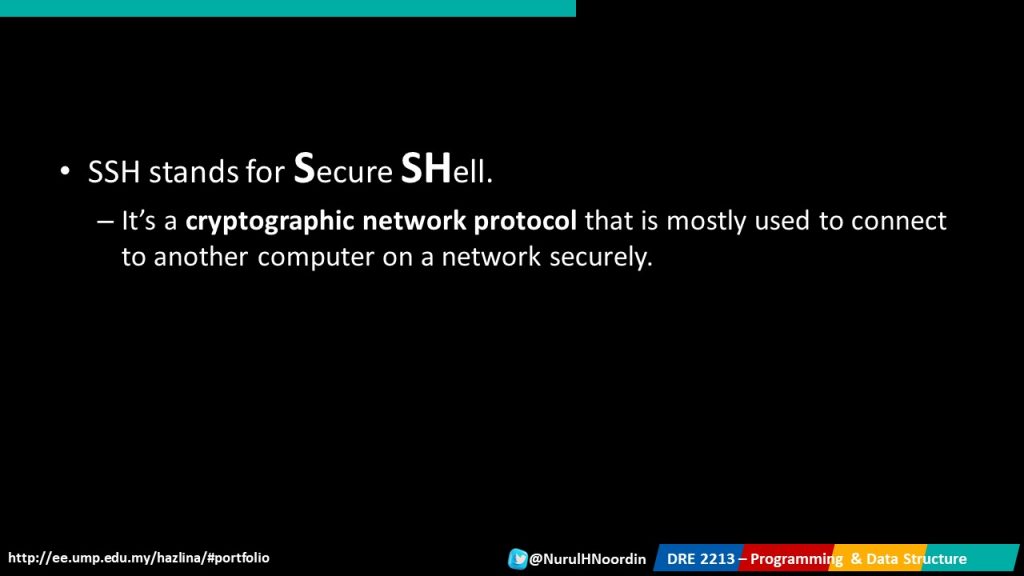

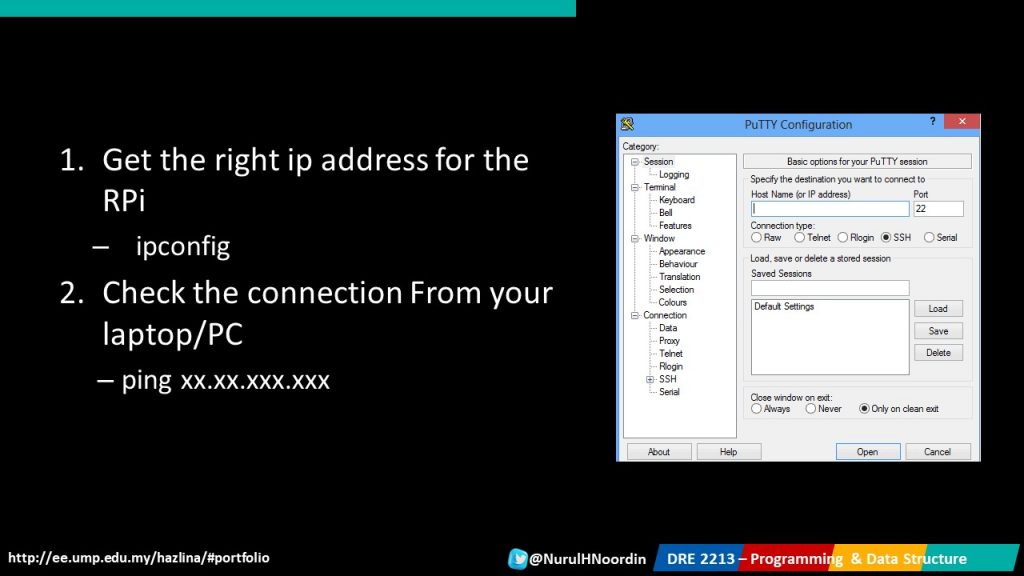
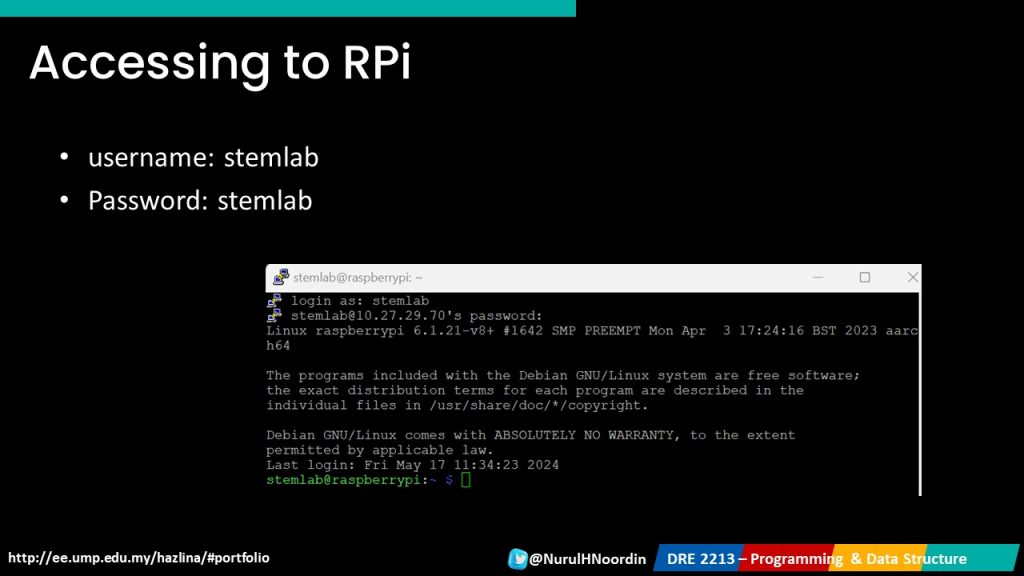
SSH Connection with Raspberry Pi – We began by establishing an SSH connection to our Raspberry Pi using Putty, a widely-used SSH client. Through SSH, students learned how to remotely control their Raspberry Pi from their local machines, enabling seamless interaction with the Pi’s command-line interface. Navigational commands such as cd, ls, pwd, and mkdir were explored, empowering students to navigate the file system, create directories, and manage files effortlessly.
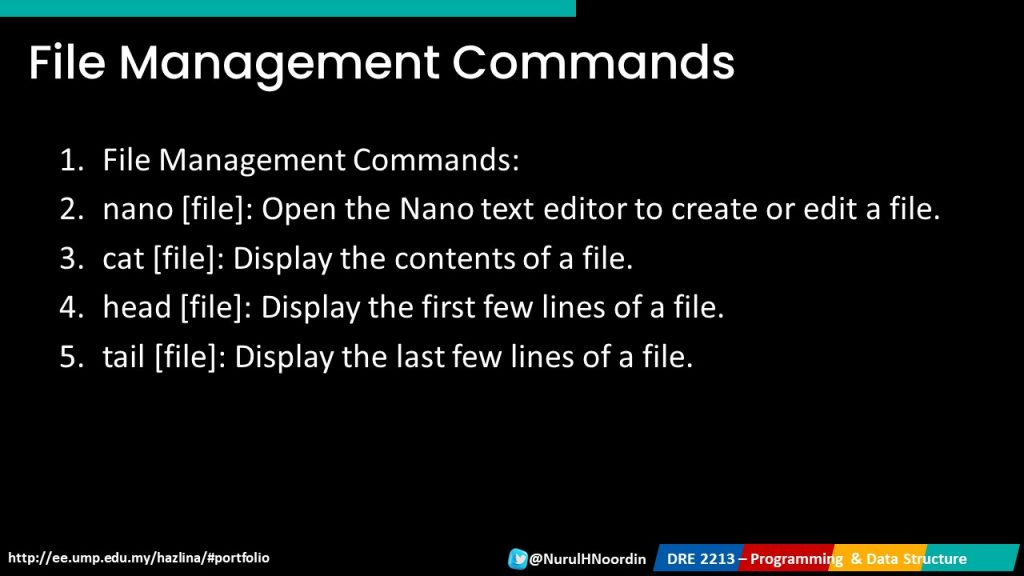
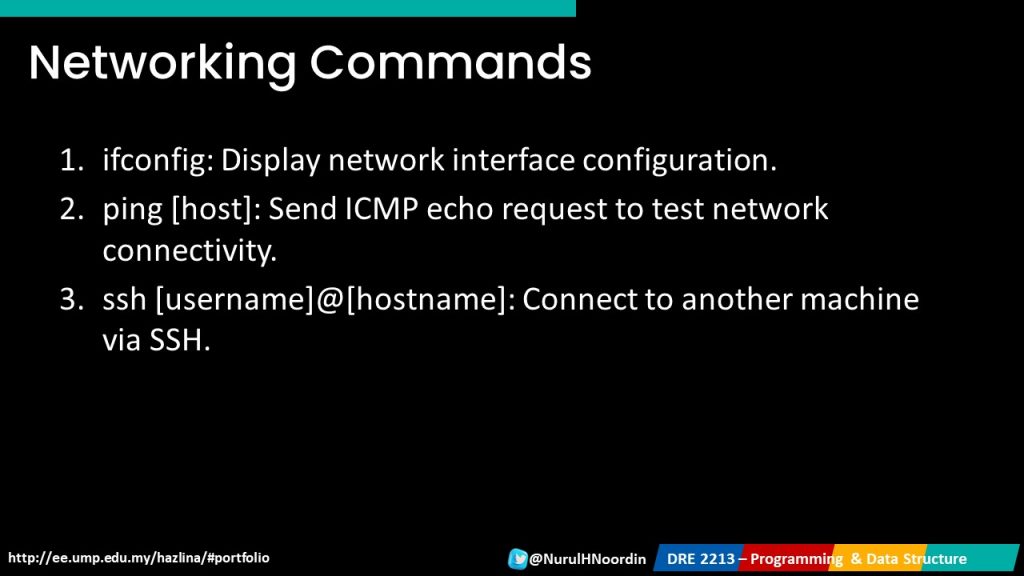
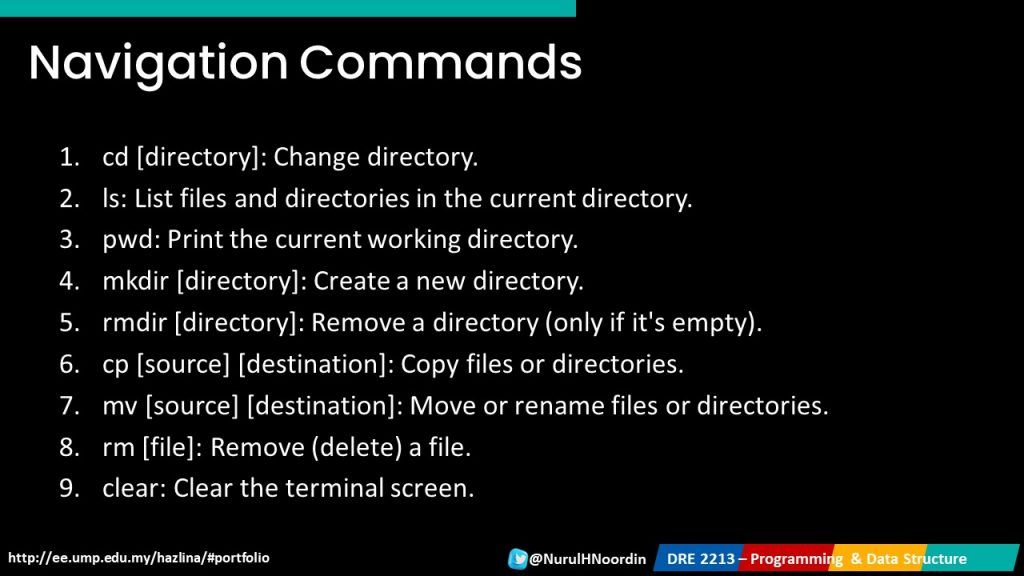
Data Visualization with Adafruit and BME280 -The session also featured a demonstration of data visualization using the Adafruit platform and the BME280 sensor. Students gained hands-on experience in acquiring environmental data such as temperature, humidity, and pressure using the BME280 sensor, a vital component for IoT (Internet of Things) applications. By visualizing this data, students could better understand real-world applications of sensor data and its significance in various projects.
Remote Python Program Execution -A key highlight of today’s activities was the execution of Python programs remotely via SSH. Students learned how to run Python scripts on their Raspberry Pi from their local machines, enabling them to execute code, perform data analysis, and control hardware components without direct physical access to the Pi. Commands such as nano for text editing and cat for displaying file contents further enriched their understanding of remote file management.
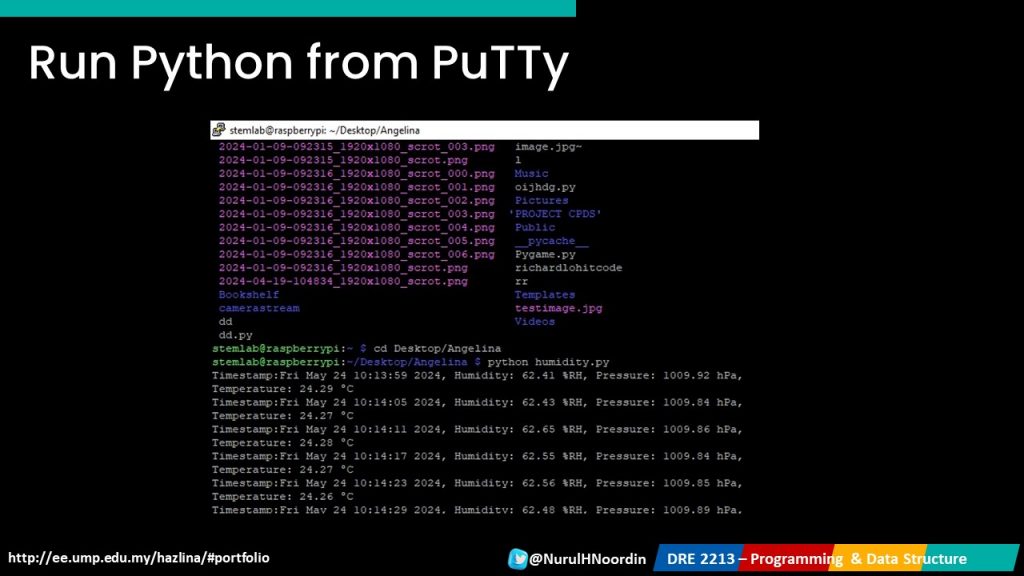
Exploring System Information:
To wrap up the session, we delved into exploring system information commands such as uname -a, df -h, and free -h. These commands provided insights into system specifications, disk space usage, and memory utilization, essential for monitoring and optimizing Raspberry Pi performance.

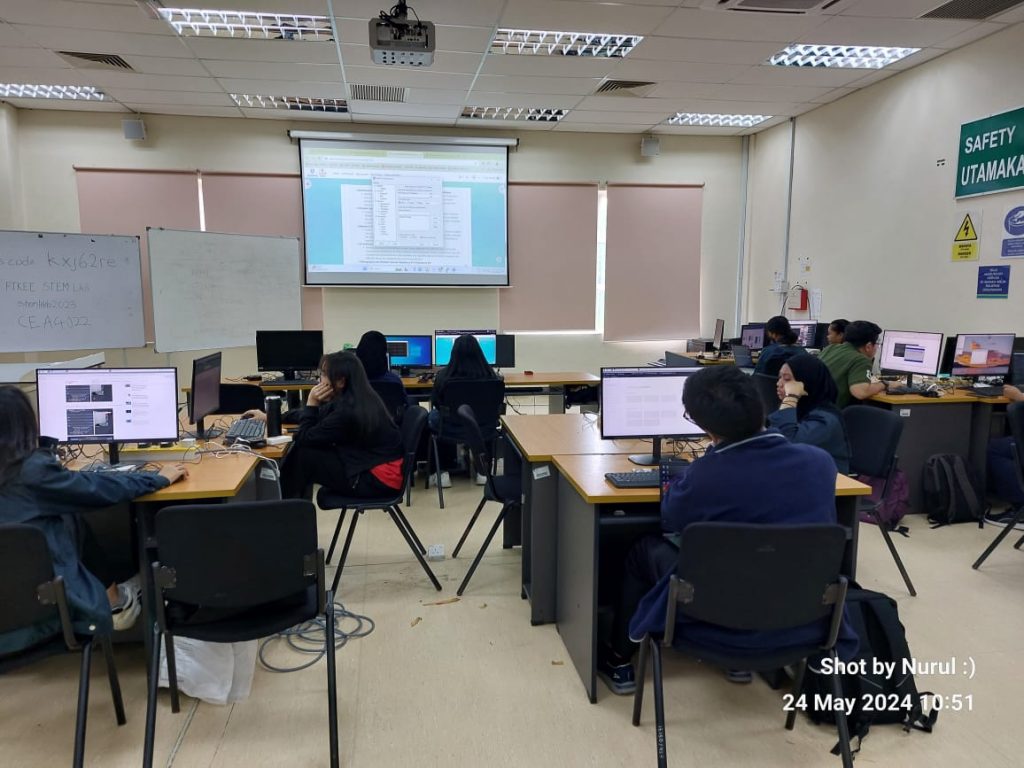

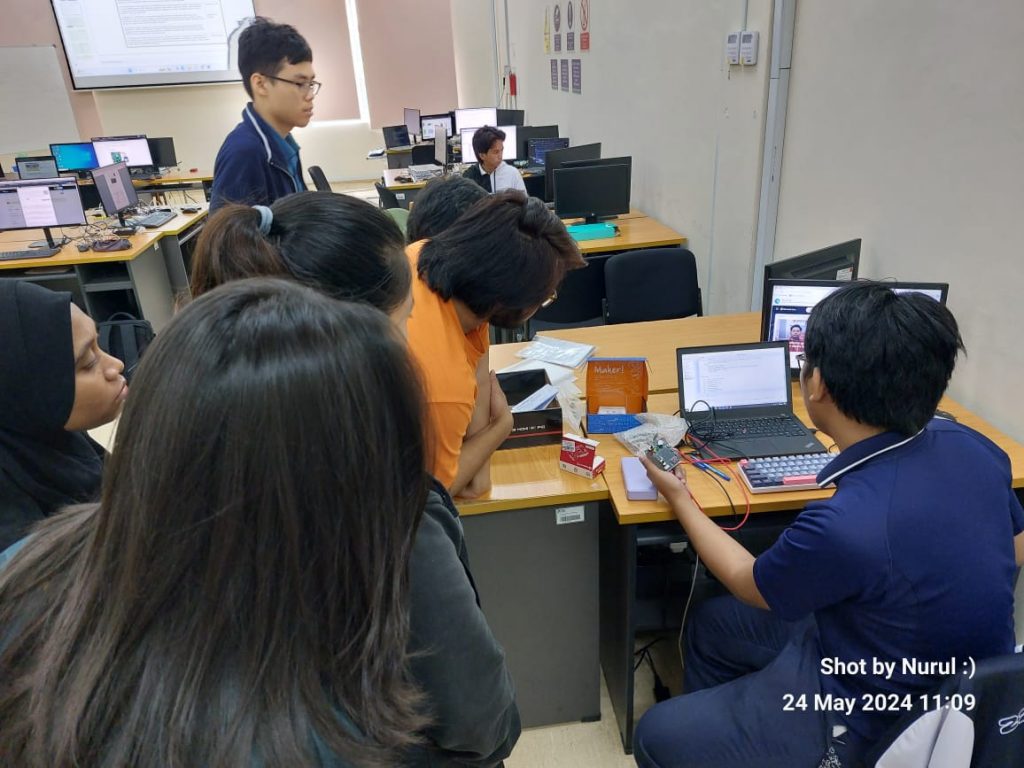
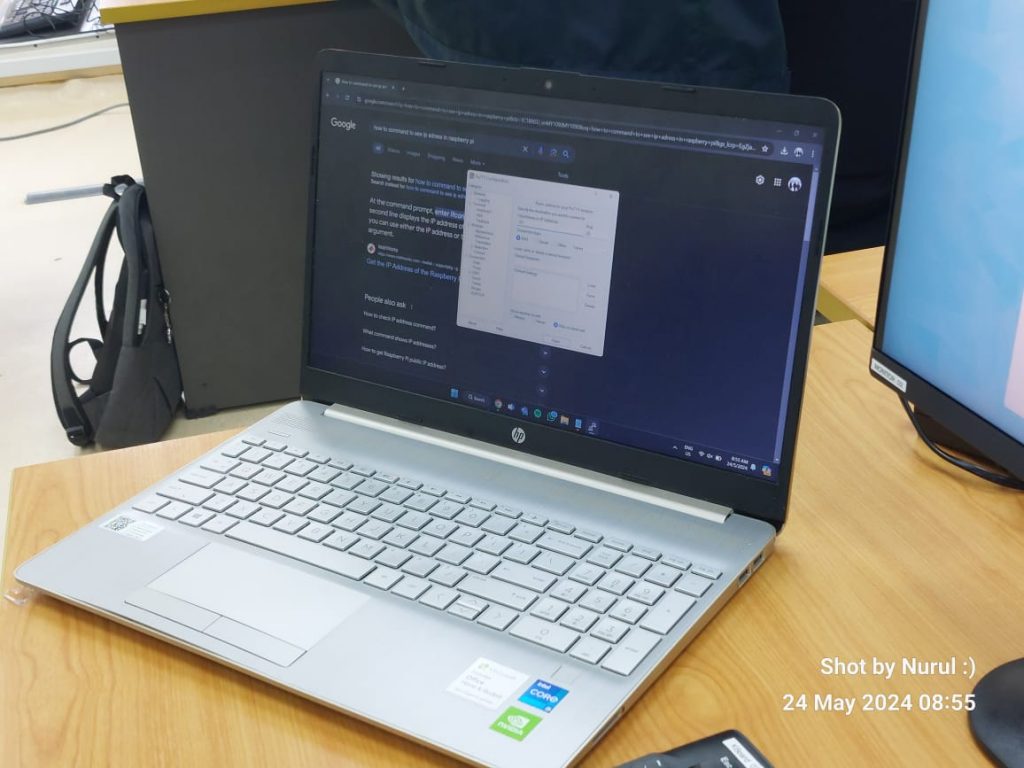
I look forward to the upcoming project phase, I am confident you are well-prepared to could apply their this knowledge and skills in developing innovative Raspberry Pi-based solutions.
Nurul
May 24th